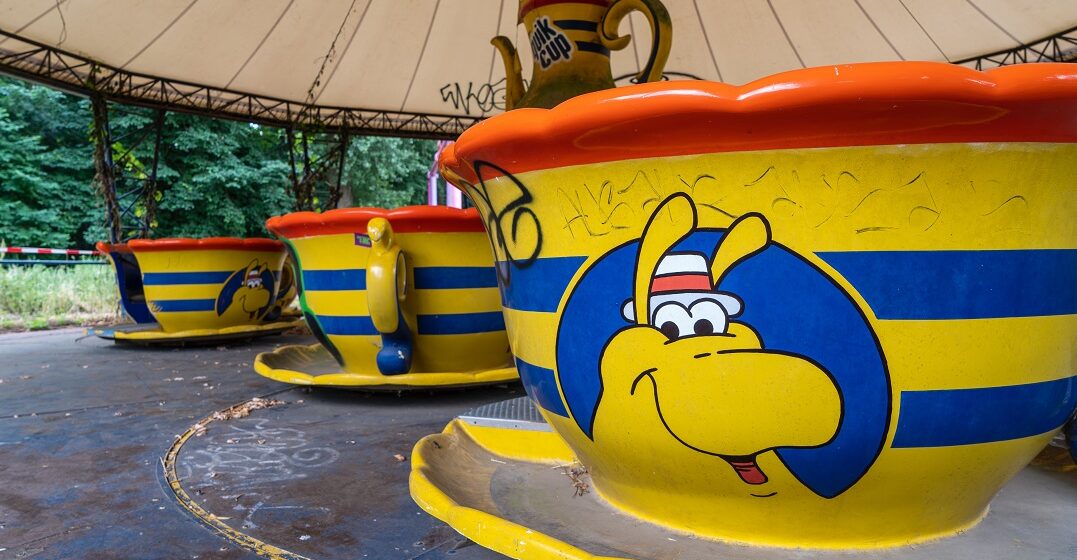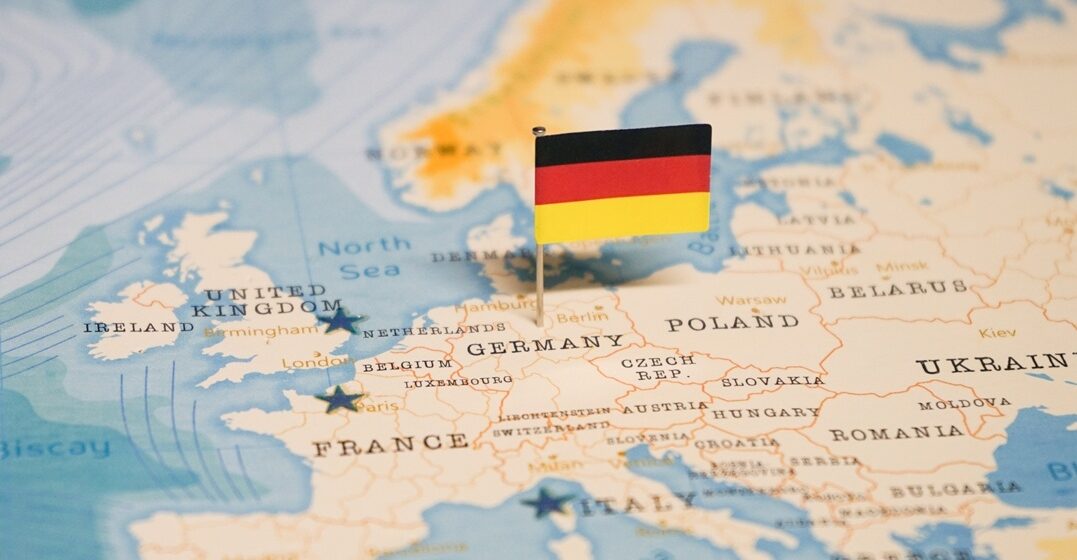5 incredible abandoned places in Berlin

Berlin is a city saturated with history. On every street and down every alleyway, you can find small nuggets of the city's long fascinating but sometimes troubled past. Perhaps nowhere is this mystique more present than in the many abandoned places in and around the city, which continue to intrigue locals and tourists alike.
Whether you’re a history buff or simply someone who admires the beauty in decaying buildings, it pays to dig below Berlin’s more typical landmarks. We’re here to help with this quick list of lost and abandoned places in the Berlin area. It’s sure to give you food for thought and many days worth of adventure.
- The Wannsee-Stahnsdorf railway (the cemetery line)
- Bunker of the military pioneer school in Karlshorst
- Kaserne Krampnitz (Krampnitz barracks)
- Archive bunker beneath Tempelhof Airport
- Spreepark: The abandoned GDR amusement park
Learn languages at your pace
1. The Wannsee-Stahnsdorf railway (the cemetery line)
In the first half of the twentieth century, the Friedhofsbahn (cemetery railway) between Wannsee in the northeast of Berlin and Stahnsdorf in the southwest was the final journey of many Berliners. Germany’s capital expanded rapidly in the 1900s, so much so that cemeteries in the inner city quickly filled up, and burial space was needed beyond the city limits. The line ran from Wansee to Stahnsdorf, a town southeast of Berlin where you can find one of Europe’s largest cemeteries, transporting bodies and mourners out of the city limits for burial.
The line was disrupted twice — first by World War II bombings, and later when it stood in the path of the newly constructed Berlin Wall. Because of this the line was finally discontinued.
Since then, most of the tracks have been dismantled or left to rust. But the foreboding abandoned tracks curling through the forest near Stahnsdorf have recently attracted renewed attention as a filming location for the Netflix series Dark.
2. Bunker of the military pioneer school in Karlshorst
In the chic neighborhood of Karlshorst in Berlin’s southeast, you’ll find the ominous shell of the M500 Hochbunker (overground bunker) of the Pioneer Officers School. It was constructed by the Wehrmacht (German army) in 1940 to shelter up to 500 people from Allied bombings. The bunker was occupied by the Soviet army after the war and was largely used for storage purposes during the Cold War.
The bunker was finally abandoned after the dissolution of the former GDR. While ideas have circulated for some time about repurposing the building as a community center, none have stuck. As of today, the bunker continues to stand idle as a looming reminder of Berlin’s long, troubled 20th century.
3. Kaserne Krampnitz (Krampnitz barracks)
The Krampnitz barracks were constructed in the 1930s by the Wehrmacht as a site for training soldiers to ride and drive tanks. The barracks were taken over by Russian forces after the fall of Berlin and, with some renovations, remained in use until the end of the Cold War.
More than three decades later, the site has yet to be redeveloped — which isn’t to say it has been entirely abandoned. The grim old Kaserne has been used as a shooting location for a litany of high-budget Hollywood films, including Resident Evil, Mission: Impossible III, Inglourious Basterds, and the final installment of The Hunger Games movie series.
Learn languages at your pace
4. Archive bunker beneath Tempelhof Airport
The monumental Tempelhof Airport was one of the world’s longest-operating airports before it finally closed in 2008. With much of its architecture dating from the Third Reich, it's no surprise that the airport still hints at secrets from that era. One such secret involves the mysterious former archive bunker.
Once filled with maps and films on celluloid, the archives were set ablaze by occupying Soviet forces in 1945. The fire burned for days, destroying an extensive (and now irretrievable) Nazi archive. If you book a guided tour through the bunker, you can still see the trail of scorch-marked corridors and wonder what secrets they still have to tell.
5. Spreepark: The abandoned GDR amusement park
What was once East Germany’s premier fun park is now Berlin’s most famous abandoned place. Opened in 1969 as the Kulturpark Plänterwald Berlin, the Spreepark once attracted more than a million visitors a year to the Plänterwald forest. The grand Ferris wheel was the main attraction, but you can still find the rusted remains of other rides scattered across the site.
The park was renamed after German reunification and continued to operate until January 2002. In the decades since, it has become a prime destination for urban explorers. While demolition and redevelopment work has begun, you can still take a guided tour through the park grounds.
(Almost) forgotten histories
Equal parts enthralling, spooky and profound, these relics of Berlin’s past offer a wonderful opportunity to see a different side of the city. Whether you catch a glimpse of life in the former GDR, peek into the Nazi war machine or follow the final journey of many Berliners, the lost places of Berlin still captivate despite (or because of) their decay.
Of course, if you want to fully immerse yourself in Berlin’s history and culture, it might be helpful to gain a grasp on the German language.










